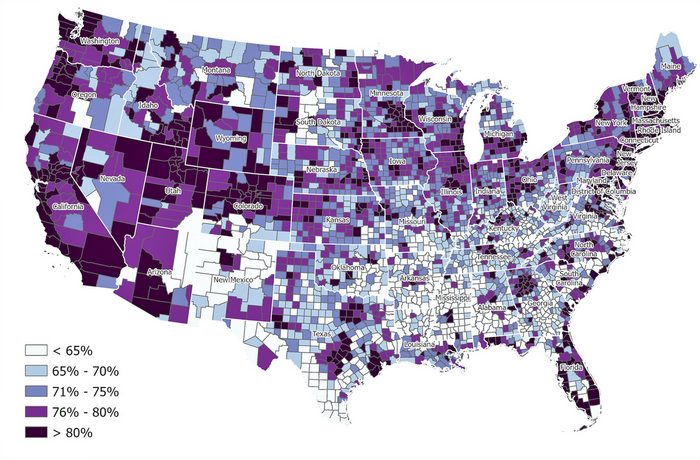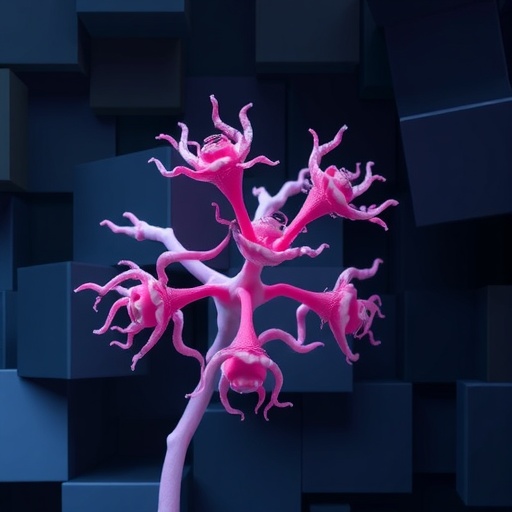Many parts of rural America with less access to health care also have limited broadband internet that could help them take advantage of increasingly popular online health services.

Credit: Diego Cuadros and Claudia Moreno
Many parts of rural America with less access to health care also have limited broadband internet that could help them take advantage of increasingly popular online health services.
A new study by the University of Cincinnati highlighted disparities in access to digital technology that could widen the gap in access to health care. The study found that socially vulnerable communities in the United States face more barriers to adequate health care, live in areas with fewer health care resources and have less access to high-speed internet.
UC researchers presented their findings this month at the American Association of Geographers’ annual conference in Denver.
The Biden Administration announced this month it will invest $73 million in outreach grants to provide affordable high-speed internet to more Americans. The program is designed to address a growing gap in access to health care created during the COVID-19 pandemic when providers began offering more health care services over the web.
UC researchers conducted a county-level data visualization and spatial analyses to assess the geospatial association between digital disparities and health care in the contiguous United States.
Study author and UC epidemiologist Diego Cuadros said patients need access to high-speed internet, computers or smartphones and familiarity with technology to use these systems comfortably so they can take advantage of the growing shift to telemedicine and online health services.
His previous research found disparities in easy access to health care across the United States. Many of these same areas have limited access to digital technology such as high-speed internet.
“The point is telehealth is not going to be useful to everybody. It will be extremely useful to people who already have good access to health care, but it’s not going to be very useful to those who don’t,” Cuadros said.
“The digital divide is already here. But in the future, we’ll be even more reliant on these technologies, so that divide is only going to get bigger,” he said.
Cuadros, an associate professor in UC’s College of Arts and Sciences, runs UC’s Digital Epidemiology Laboratory. He collaborated with University of Washington assistant professor of physiology and biophysics Claudia Moreno.
“The pandemic was a tipping point for us. These technologies are here to stay. That’s how we’ll experience a lot of aspects of our life, from education to relationships to health care,” Cuadros said.
While the United States is a global telecommunications leader, it does not even crack a list of the top 20 nations in terms of per capita wireless coverage, according to a 2023 Statista survey. That’s largely because it’s a large country in square miles, Moreno said.
“What was surprising was to see the strong correlation between the lack of broadband access and the socioeconomic and health care vulnerability of some regions,” Moreno said. “This association suggests that broadband coverage can act as an institutionalized inequity that needs to be addressed to help vulnerable communities.”
Moreno said while the pandemic served as a catalyst that pushed many people to adopt new ways of doing things, not everyone has made the same digital transition.
“The reality is that not everyone was thrilled with that option. Accessing telehealth is challenging for people that are not digitally literate or for people who do not own a smartphone or a computer,” she said. “Telehealth has a huge potential to help vulnerable communities, but if we really want to exploit this potential, the country needs to create policies and programs that increase access within these communities.”




